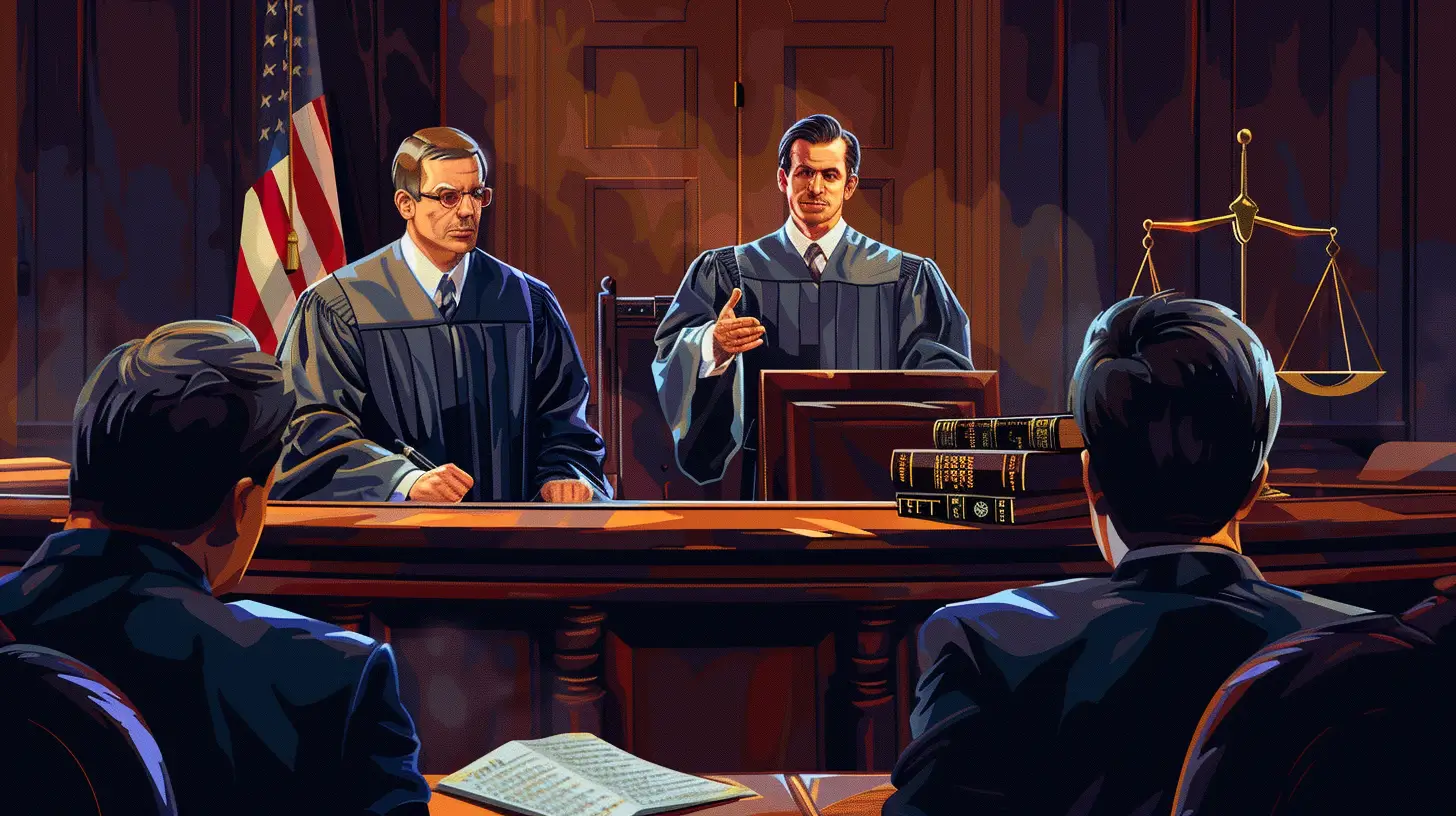September 18, 2025

Lawsuits are at the heart of the justice system. They serve as the formal mechanism by which individuals, businesses, and even governments resolve disputes through the courts. Yet the legal side of a lawsuit extends far beyond filing paperwork and appearing in front of a judge. It is a structured process governed by complex rules, deadlines, strategies, and rights that shape the outcome of the case. This article explores the legal framework of lawsuits, their stages, and how they connect to other critical legal processes.
1. Introduction to Lawsuits
A lawsuit begins when one party (the plaintiff) brings a legal complaint against another (the defendant). Lawsuits can involve civil disputes (contracts, torts, property) or criminal matters (handled by the state). They provide a structured way to settle disagreements when informal negotiations fail.
For perspective on related processes, see The Legal Side of a Trial and The Legal Side of an Appeal.
2. Pre-Lawsuit Considerations
Not all disputes need to go to court. Alternatives include:
Courts often encourage these methods before formal litigation.
3. Filing the Complaint
The plaintiff formally initiates a lawsuit by filing a complaint. Key elements include:
Complaints must also respect statutes of limitations, which define deadlines for filing. Related insights: Understanding the Statute of Limitations for an Injury Claim.
4. Serving the Defendant
Due process requires that the defendant be notified of the lawsuit. Service of process ensures fairness and the opportunity to respond. Failure to serve properly can dismiss a case. For related protections, see The Legal Side of a Warrant.
5. The Defendant’s Response
Defendants may:
These steps resemble strategic choices discussed in The Legal Side of a Plea Bargain.
6. Pretrial Process
Pretrial procedures dominate most lawsuits:
7. The Trial
When cases do not settle, they proceed to trial:
For more, see The Legal Side of a Trial.
8. The Verdict & Judgment
At trial’s end, the court issues a verdict (jury) or judgment (judge). This decision is binding unless appealed. For insights, see The Legal Side of a Verdict and The Legal Side of a Sentence.
9. Appeals & Post-Judgment Relief
Parties may appeal based on errors of law or procedure. Appeals rarely reexamine facts but focus on fairness and legal correctness. For a deep dive, see The Legal Side of an Appeal.
Other post-judgment relief includes motions for a new trial or reduction of damages.
10. Enforcement of Judgments
Winning doesn’t always mean collecting. Enforcement mechanisms include:
See How to Enforce a Child Support Order.
11. Advantages and Challenges of Lawsuits
Advantages:
Challenges:
These pros and cons are comparable to alternatives covered in The Legal Side of a Mediation Case and The Legal Side of an Arbitration Case.
12. Conclusion
The legal side of a lawsuit is both structured and dynamic. From filing to enforcement, it requires knowledge of legal rules, deadlines, and strategies. While lawsuits provide fairness and binding outcomes, they are also resource-intensive. Understanding lawsuits in relation to mediation, arbitration, trial, and appeal gives individuals and businesses a clearer view of the justice system.
Further Reading Across the Series:
Stay up to date with the latest tips, expert insights, product reviews, and step-by-step guides to help you grow, create, and succeed—no matter your industry or passion.